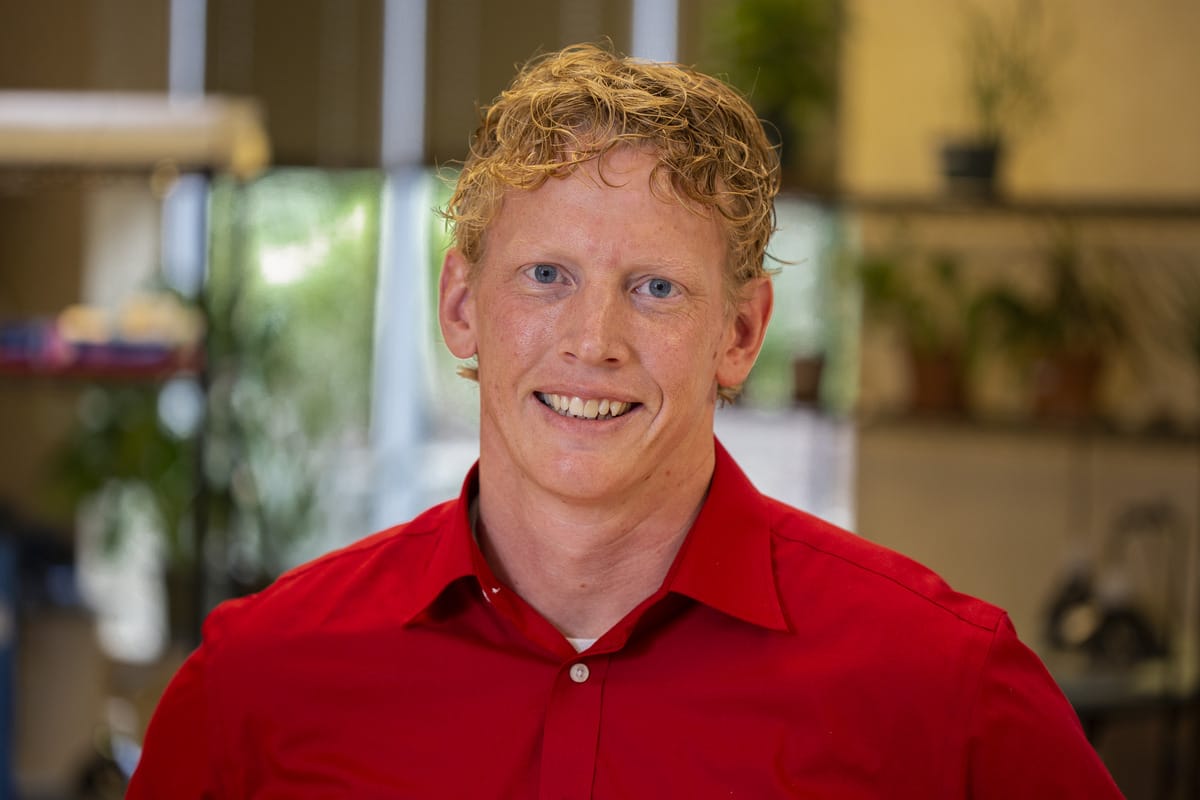If you remember anything from this blog post, I’ve changed your brain.
It’s amazing, really, how an unfathomable organ inside your head can give rise to such a rich world of experiences and interests. As you read this, there are millions of electric pulses racing through squishy gray matter. These impulses allow you make sense of the lines and squiggles on your screen, which associate them with images and with feelings, and which do all of that while coordinating your breathing and your heartbeat and a thousand other things.
We’ve lived with our brains since before we can remember. So this wonderful instrument — perhaps the most impressive bit of matter in all the world — sometimes seems ordinary. But it’s not.
And as educators, you are literally shaping brains every day. It is an awesome power.
Every lesson, whatever your students take away, you’ve changed the physical structure of their brains. You’ve helped them to make new connections. You’ve created new memories. Enabled them to do things and to think things that they couldn’t before.
What’s more, you can teach THEM about this incredible power. When you do, you can improve the way they manage their own lives and their own learning. Here are a few top tips to help your students — no matter how old they are.
Retrieval Practice
If you want to get better at remembering something you’ve got to practice remembering it.
Here’s how it works, in kid-friendly language: when you learn something, it gets stored in your memory. But in order for you to recall it, you have to reach back into your memory and pull it out. There’s a pathway your brain needs to follow to find that information, and every time you pull it out, it makes that pathway stronger and stronger. So the more you practice pulling something out of your memory, the better you’ll be able to make use of that pathway.
So instead of having students read and re-read material to study it, it’s far more beneficial to have them do a Brain Dump, where they remember everything they can about the topic, or to have them take a short informal quiz. It doesn’t need to be graded — it just needs to force them to recall the information they learned. The act of remembering supercharges that recollection pathway, and enables students to remember things more easily in the figure.
When students are reading something that they need to remember, teach them to pause and summarize regularly. To study for a test, they can talk with their peers about what they’ve learned. There is no one right way to retrieve learning — every time students do it, that recollection pathway is enhanced.
Spaced Repetition
These pathways decay over time if we don’t use them — so it’s important to return to old learning after a period of time. Some curricula used a cyclical approach, where information is revisited after certain intervals. This approach has some support in the literature, but you can achieve much of the same effect just by creating your own connections back to prior learning. Every time you ask, “Do you remember when…” and have your students think back to previous learning experiences, you’re using the principle of spaced repetition.
But the most powerful way to inject spaced repetition into your teaching is to teach students to apply what they’ve learned. When students can take what they know and integrate it into their lives, they’ll revisit their learning frequently and in a variety of contexts. One of the reasons I’m such a huge advocate for Project-Based Learning is that it drives home this principle of application in a powerful way.
Engagement Matters!
Brain science is clear that emotions influence learning. Anxiety and fear inhibit learning. Interest and curiosity supercharge it. So building relationships and establishing a culture that values social-emotional learning isn’t just nice — it’s educationally critical.
And that means novelty matters, too. Human brains need new stimuli and new interactions to capture our curiosity and to create an emotional landscape where we’re ready to learn. That’s why in all my professional development sessions, we learn a variety of approaches to accomplishing our objective. A great teacher has multiple tools in their toolbox — in large part to help create interest through novelty.
I encourage you to explore more about the science of brains and of learning. It’s a fascinating topic with clear implications for educators — and for teachers as well as students, learning new things about what we do is a wonderful, powerful thing!

